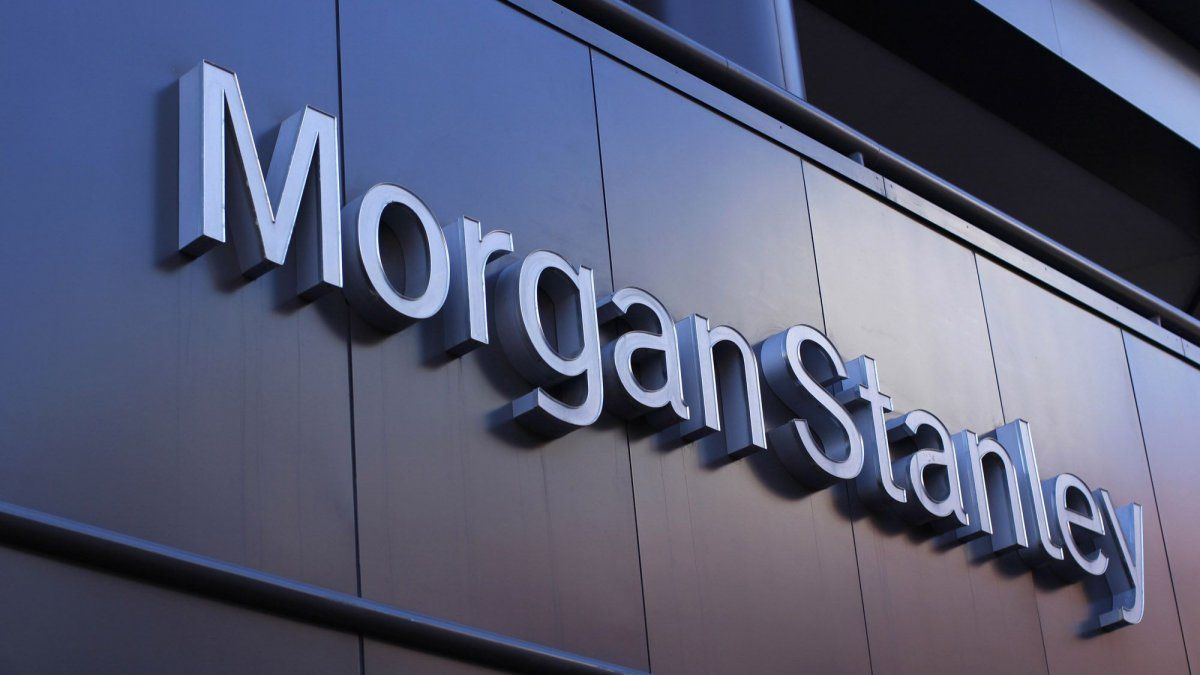While the parallel exchange rate rose, those who had dollars saved were faced with the opportunity to buy a vehicle at tempting values. Remember that car prices are expressed in pesos at the official exchange rate. Towards the end of the year and into January there was a good moment in that relationship, when the “blue” exceeded $220. This week he broke the $200 floor.
With a simple account the problem is understood: the unofficial dollar fell 10%, while prices, in the last three months, rose 15%. The equation is not the same. Cars became more expensive in dollars.
The owner of a dealership went further: “To be at the same level as last September, between blue and 0km, the price of the parallel would have to be close to $240.”
In the sales rooms they already feel the slightest movement. Aside from these two direct factors, accelerating inflation drives up car maintenance costs. It is only necessary to mention an example such as the increase in fuels.
This situation does not mean that 0km sales are going to fall, since the underlying problem still exists. The exchange rate gap may continue to be interesting for many consumers and supply remains restricted.
There are waiting lists of up to seven months on some models, and buyers are waiting to pay and pick up their unit. The issue is that if this context continues, it is likely that, in the coming months, those waits will decrease and supply will balance with demand.
At this point it is important what happens with the catering. The lack of units has to do with two reasons. The main one is the obstacles to import that the Government has. Part due to the lack of dollars, but also due to a political decision to encourage national production.
The other cause is shortage of microprocessors that affects all countries. The most powerful are easier to deliver, while Argentina is not in that group. This has an impact on the local manufacturing of 0km, which is limited by the lack of chips, both in the terminals and in the auto parts manufacturers. The side consequence of this situation is that the prices of these inputs increased sharply and producing a 0km is more expensive. This is a sales limitation. It should also be noted that if a factory produces a unit and has to choose between the domestic and foreign markets, the foreign buyer will have priority.
Keep in mind that the current market is small, about 30,000 units per month. It is not in line with the average of recent years or with the number of inhabitants. For that reason, a collapse of operations is not expected. What seems to be changing is the anxiety to buy.
Another issue to keep in mind is the conformation of operations. 35% correspond to savings plans. That is, a demand that is scheduled and will not mark changes in the coming months. There are delivery delays (a brand owes more than 15,000 units)
Between 8% and 10% arise from corporate sales that there are no signs that they will go down. Of the remaining 55%, more than 30 percentage points are already sales that are waiting to be paid and delivered.
New sales represent 20% of the total monthly market. Over 30,000 units, it would be just 6,000 0km. Without a doubt, there are 6,000 Argentines per month who have the purchasing power to continue buying cars. “It is no longer the same as it was a few months ago. Today it counts to sell a car”, the manager of another concessionaire explained to Ámbito.
Will this make the markups go away? This is a complicated subject. The extra payments are concentrated in the models of the medium and high segment. They are precisely the vehicles that are most lacking.
In the dealerships they explain that prices above the suggested list value is the only way they have to sustain the structures. With a market of less than 400,000 units, as expected by 2022, and dealerships set up to sell 650,000, as marked by the historical average, only by charging surcharges can expenses be covered.
It is true that many companies reduced their structures, but not enough for the current market. “It is not easy to get rid of personnel with the pressure that the unions put in,” the owner of a long-standing dealership was honest.
If demand subsides and the market stabilizes at this level, the financial situation of several companies is going to be difficult.
Source: Ambito
David William is a talented author who has made a name for himself in the world of writing. He is a professional author who writes on a wide range of topics, from general interest to opinion news. David is currently working as a writer at 24 hours worlds where he brings his unique perspective and in-depth research to his articles, making them both informative and engaging.




